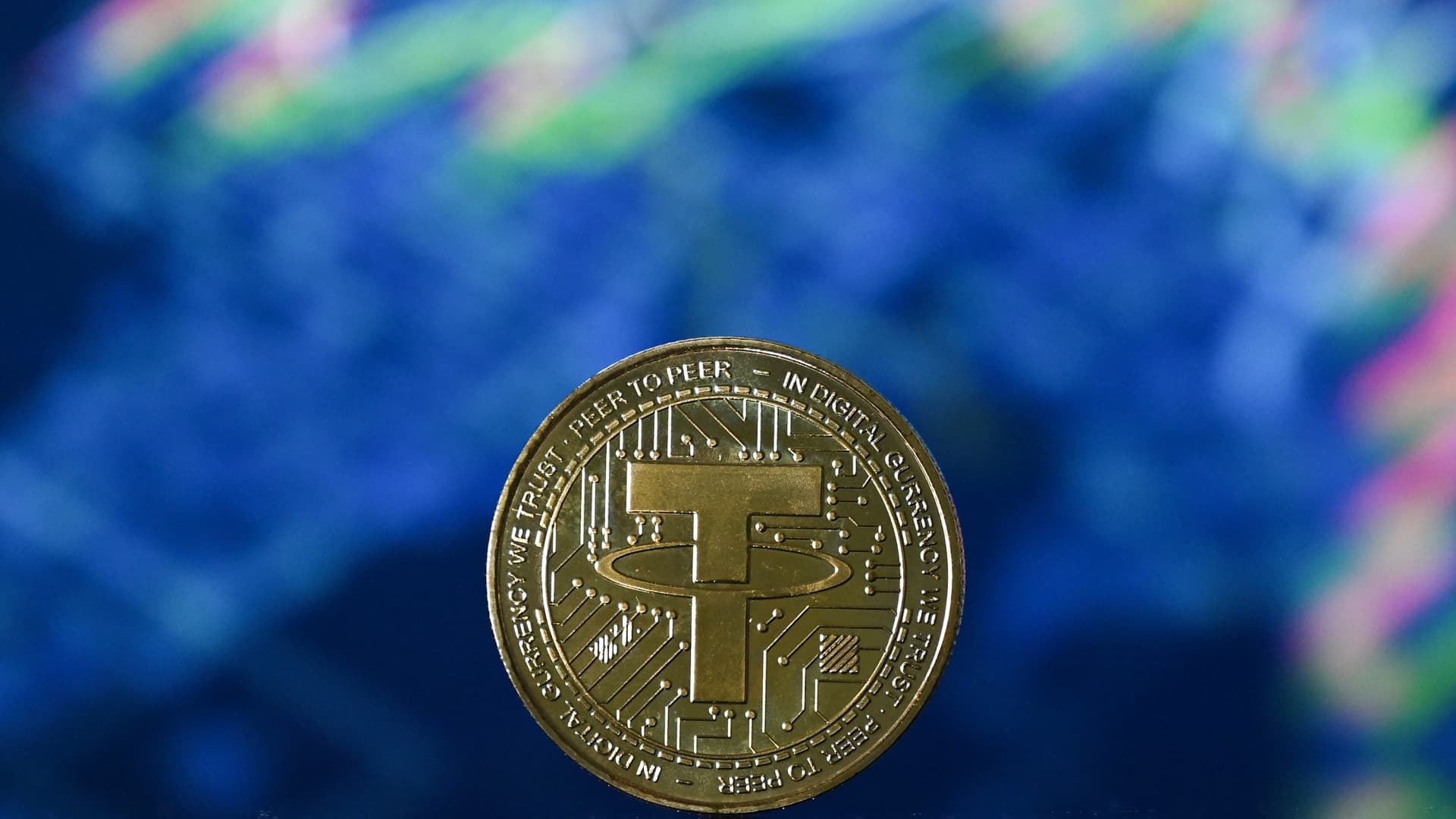Singapore’s financial regulator on Tuesday said it had finalized rules for a type of digital currency called stablecoin, putting it among the first jurisdictions globally to do so.
Stablecoins are a type of digital currency designed to hold a constant value against a fiat currency. Many claim to be backed by a reserve of real-world assets, such as cash or government bonds.
The stablecoin market is valued at around $125 billion, with two tokens — Tether’s USDT and Circle’s USDC — dominating roughly 90% of the market cap value.
But stablecoins are broadly unregulated around the world.
The Monetary Authority of Singapore’s (MAS) framework spells out some key requirements:
- Reserves that back stabelcoins must be held in low-risk and highly-liquid assets. They must equal or exceed the value of the stablecoin in circulation at all times
- Stablecoin issuers must return the par value of the digital currency to holders within five business days of a redemption request
- Issuers must also provide “appropriate disclosures” to users, including the audit results of reserves.
These rules will apply to stablecoins that are issued in Singapore and mimic the value of the Singapore dollar, or of any G10 currency, such as the U.S. dollar.
Stablecoins that fulfil all of the requirements under the rules will be recognized by the regulator as “MAS-regulated stablecoins.” This will distinguish stablecoins from tokens that are not regulated, MAS said.
Singapore has sought to position itself as a digital currency hub, looking to draw in foreign firms amid criticism from the crypto industry towards the U.S. regulatory regime.
Stablecoins such as USDT and USDC have typically been the backbone of cryptocurrency trading. They allow traders to move in and out of different digital coins without converting back into fiat currency. Stablecoin issuers argue that the tokens can be used for many more purposes, including remittances.
But there have been criticisms of stablecoin issuers about the transparency of the reserves they hold. Singapore aims to bring more clarity to the industry.
“MAS’ stablecoin regulatory framework aims to facilitate the use of stablecoins as a credible digital medium of exchange, and as a bridge between the fiat and digital asset ecosystems,” Ho Hern Shin, deputy managing director of financial supervision at MAS, said in a statement.
Last year, the collapse of a so-called algorithmic stablecoin named UST put this type of stablecoin in the crosshairs of regulators. Unlike USDT and USDC, UST was governed by an algorithm and did not have real-world assets like bonds in its reserves.
Singapore’s stablecoin framework puts it among one of the first jurisdictions to have such rules. In June, the U.K. passed a law that gives regulators the ability to oversee stablecoins, though there are no concrete rules yet. Hong Kong is meanwhile undergoing a public consultation on stablecoins and seeks to introduce regulation next year.
